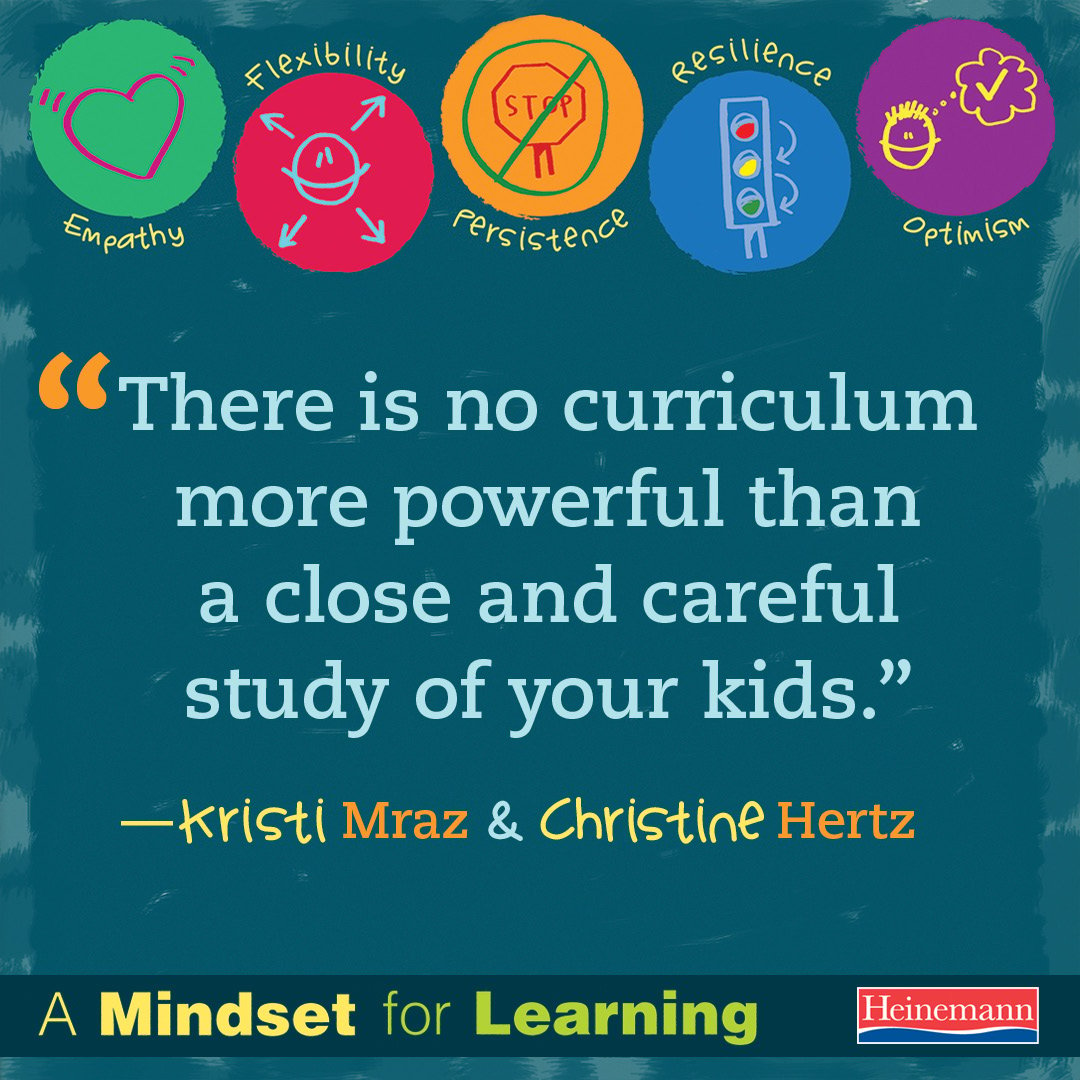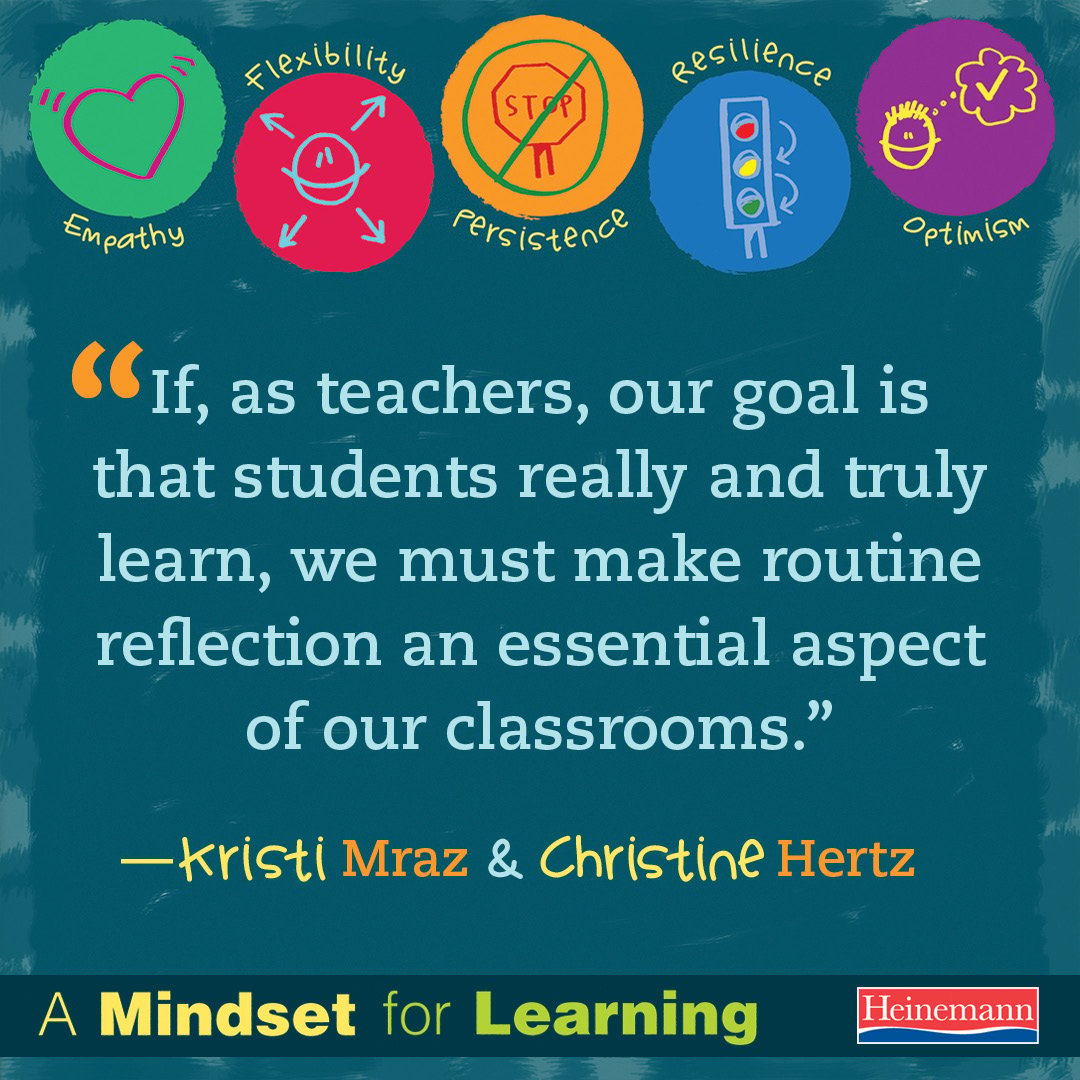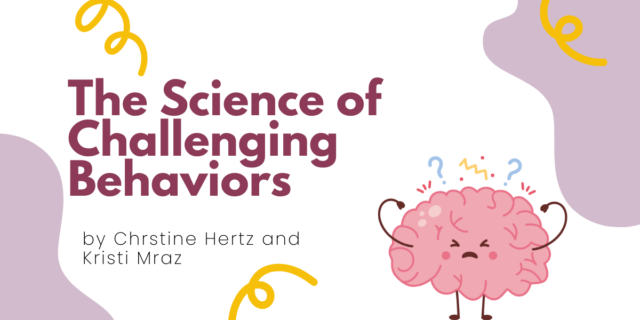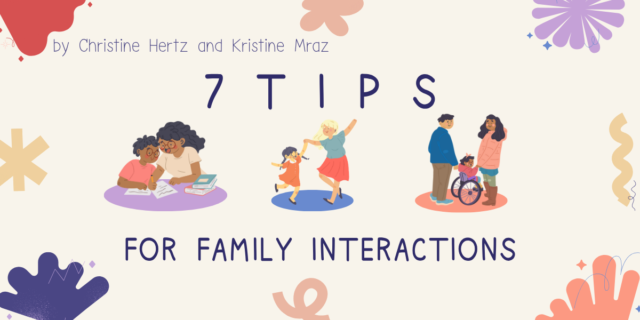
The following is adapted from A Mindset for Learning by Kristine Mraz and Christine Hertz.
Teachers live in a world of “start over.” From new standards to new students, every school year begins with change. We love the opportunities for reinvention and reinvigoration, new classroom setups, new colleagues, and new possibilities. The day before the first day of school radiates promise and hope. We move tables an inch to the right and then an inch to the left, trying to determine where they work best; we leave the walls open for thinking the students will create; and we pencil in plans. Oftentimes the beginning-of-the-year staff meetings are centered on new policies and curriculum change. Teachers may use open time to study the new math program or prepare materials for the first writing lesson, but we think the most important thing to plan for is how they will get to know their students. 
There is no curriculum more powerful than a close and a careful study of your kids. In the overwhelming rush of thinking about where children will need to be, we sometimes forget to find them first where they are. There is nothing more meaningful to a fellow human than to be truly seen and truly heard, and that is what is at the heart of the best instruction. But how do we do it when it feels like the weight of the world is bearing down on us? Deadlines? Standards? Benchmarks? First, take a deep breath; we have more time than we think with our children, and knowing each one of them as a person makes every minute of that time more powerful. As educators, one of our greatest responsibilities and privileges is to get to know each individual child—to learn about each student’s passions, fears, habits, and motivations. Knowing a child’s reading level is virtually meaningless without knowing the child. Just as dress size tells you nothing about a person’s hopes, dreams, fears, and desires, standard assessment measures are limited in their scope. To truly reach and teach every child, we must understand them all as people, to the best of our humble ability.
Making time for this can feel hard, but you can help yourself by seeing each aspect of your day as a chance to learn something more about each child. In our chapter on ecosystems, we talked about using workshop structures and play to allow children space to construct meaning. Use that time to study the unique personality of each child. There is a seemingly endless list of things you can study about your students—their friendships, where they work best in the classroom, what time of day they are most engaged, or how they solve problems, to name a few—but we have found that one of the most important things you can observe is how your students take on the constellation of stances. How and when do they persevere? Why are they more resilient in writing than in math? Are they more empathetic with some children than with others? When you observe your children with these lenses, you can then see the best course of action to make them even more engaged and energized in their learning and in life.
To help you do this, we have gathered together a simple protocol to use. First, be wary of your assumptions. Next, observe your students intentionally and then gather even more information. Finally, look for patterns and use them to guide your interpretation, planning, and teaching.
Suggestions for Learning About Your Kids
Observe Intentionally
Teacher-researchers don’t make assumptions about our students; instead we carefully observe their actions, conversations, affects, and emotions. Then, we reflect on and interpret those findings and use them to plan and guide our every interaction with those children.
As teachers, if we take on this same stance of intentional observation, we can learn what moves will make our interactions with a child especially meaningful and our teaching especially effective. It can seem overwhelming to take on this role as a researcher, so we suggest that you start small.
Download a Kid Watching Form
Observation: Tips to Get Started
- Often it is best to start with a particular question about a child.
- Find just five or ten minutes to sit down with the intention of kid watching. These minutes could be a part of choice time, math partner work, or even snack time. Make sure your focus can be on noticing and taking notes and doesn’t need to be on directly teaching. You’ll be surprised how much you can observe in just a few minutes.
- Make yourself as unobtrusive as possible. If your children are sitting at a table, sit at the same level a few feet away. If they are reading in the library. sit down on the floor within earshot. Your goal is to be able to research what is happening, not provide instruction or guidance.
- Make this time sacred. In any class, from kindergarten to fifth grade, a teacher sitting quietly at a table is like an open invitation for children to come up and ask questions and ask for your attention. Just as you would with a reading or writing conference, gently remind your students that you focus is on other students and that you can give them your attention in a few moments.
- Take detailed notes on what you see and hear. Later, you’ll use these notes and observations to form theories about your question.
- Most questions about children are not answered in a single setting. Find multiple times throughout a week to gather a collection of observations.
Over time, observing children will start to feel like second nature to you. Your students will quickly grow accustomed to seeing you a few feet away, clipboard in hand. You’ll find yourself dashing across your classroom for your notebook or scribbling quick notes on a scrap of paper to capture a moment and freeze it in time. You will also find that one question, one wondering, will quickly lead to another. You’ll start to hold in your head—and in your notebook—not one question, but several.




